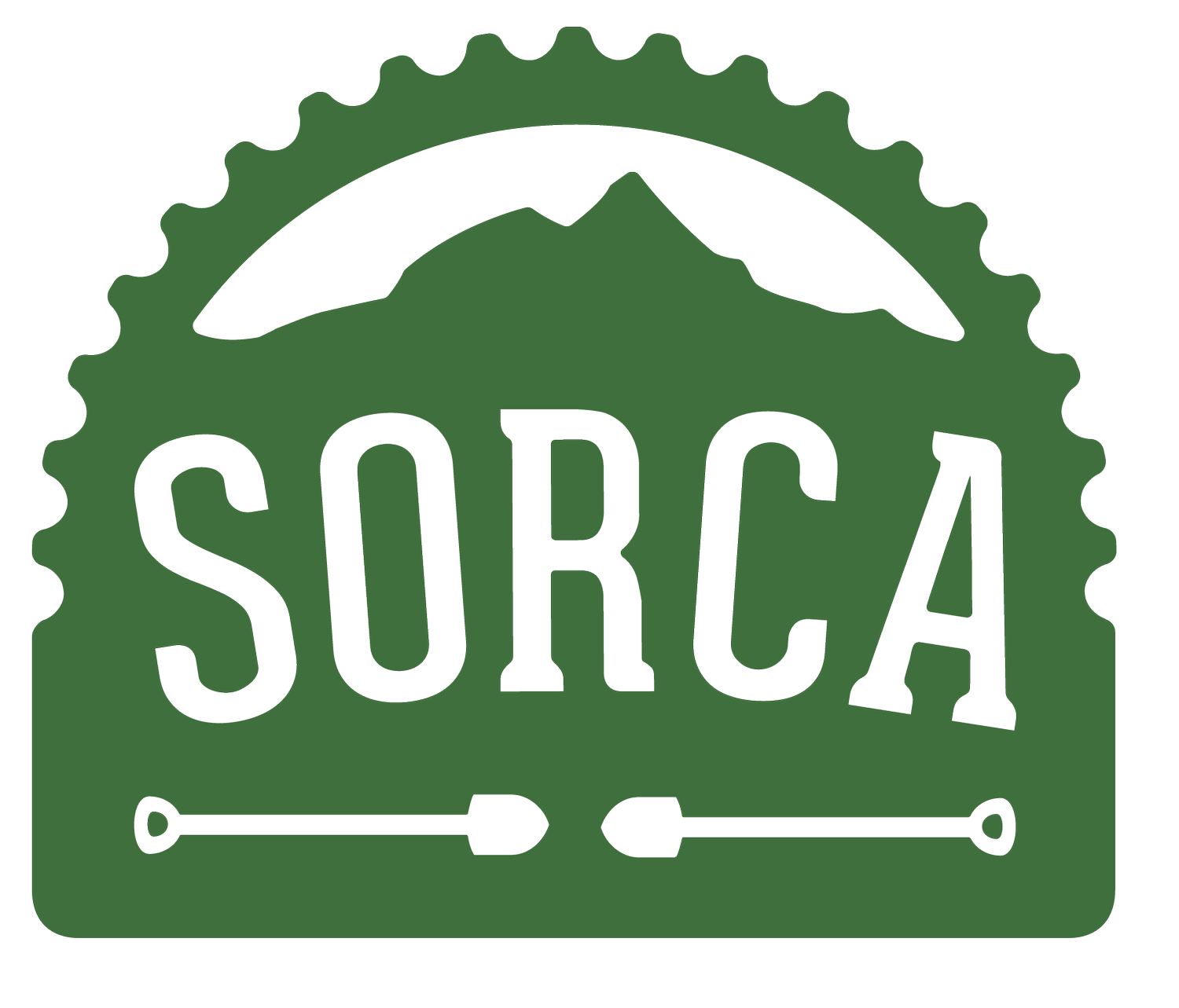e-bikes now allowed at certain sorca events + e-bike etiquette info
Over the past ten years, Squamish (and all other riding networks worldwide) have seen a growing number of e-bikes on and off the trails. SORCA’s annual community survey has witnessed a growing number of members asking for e-bikes to be included at our popular community events and for additional education about them. Although traditional (acoustic) bikes are still the most common in our network, class 1 e-bikes are permitted on all our trails and are the bike of choice for a growing number of riders.
Starting at SORCA’s April 24th Social ride, e-bikes will be permitted at all Social rides in 2024.
E-Bike Education Background:
In British Columbia, electric bikes are identified as a ‘motor-assisted cycle’ or MAC, which means that the vehicle must be able to combine human pedal power with electric motor assistance. Riders must be 16 years old or older.
E-Bike Classification system
-> Class 1 e-bikes are limited to a top speed of 32 km per hour, a maximum continuous wattage output of 500 watts and the electric motor works only when the rider is pedalling. Class 1 e-bikes are allowed on bike paths and bike lanes and any trails that are shared with traditional, non-assisted bikes (aka acoustic or analog bikes). Class 1 e-bikes meet the definition of a motor-assisted cycle.
->Class 2 e-bikes are also limited to a top speed of 32 km per hour, but have throttles that work when you're not pedalling and are classified as motorized vehicles under the RSTBC e-bike policy. Most Class 2 e-bikes offer electrically assisted pedaling alongside throttles. Class 2 or 3 ebikes are generally permitted on roads designated for motor vehicles but not on mountain bike trails.
->Class 3 e-bikes can go up to 45 km per hour and must have a speedometer, but they may or may not have a throttle. Like class 2 bikes, they are classified as motorized vehicles under the RSTBC e-bike policy. Most areas let you take a Class 3 ebike into road lanes or a bike-only lane on the shoulder of the road (so-called curb-to-curb). Class 2 or 3 ebikes are permitted on roads designated for motor vehicles but not on mountain bike trails. A Surron would be considered a Class 3 ebike.
->Electric adaptive mountain bikes (aMTB) are a large category of wheeled recreational cycles consisting of hand cycles, recumbent leg cycles, tandem bicycles, etc. focused on providing specifically adapted opportunities for individuals who cannot use two-wheeled bikes due to disabilities, special needs, or other physical or neurological challenges. aMTB’s are allowed on bike paths and bike lanes and any trails that are shared with traditional, non-assisted bikes (aka acoustic or analog bikes).
E-Bike Etiquette & tips for all trail users
->E-bikes enable faster uphill riding, so pass respectfully and beware of oncoming riders. Please don't ride "downhill primary" trails (see Trailforks) in the uphill direction.
->When descending a trail, keep your ears open behind you for riders approaching quickly and simply pull over to let a faster rider pass
->Standard etiquette - Link here
->RMOW tips,rules and etiquette
